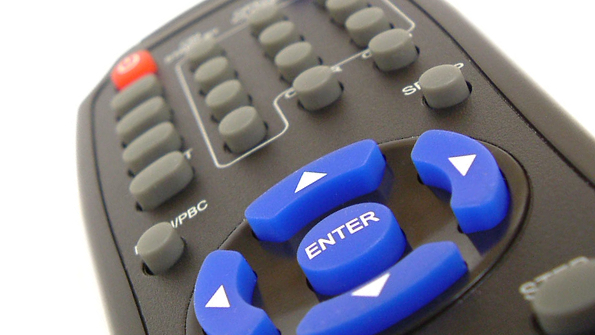Why is the FCC Ordering Streaming Capability by 2014?

Although it's no surprise that cable providers have been expanding to other parts of the living room to saturate market share, what may be a surprise is that now, they are officially required to do it. This new mandate may be a giant one to finally get some standardization and common feature sets to customers with mobile devices. With so much free-range development happening around portable TV, why is the FCC stepping in now?
Although various providers have been coming up with solutions to engage customers via streaming media solutions, the FCC has just drawn a line in the sand. It is stating several items that need to be in place by 2014 which are bound to help grow the already fast-paced streaming market. Cable operators, as well as third-party services that tie in, such as TiVo, will need to update their cable boxes to include native support for HD video streaming to devices such as tablets, smartphones, smart TVs, Macs and PCs. Although Dyle has gotten the ball rolling with standardized branding for OTA live TV streaming, this marks an additional incentive to consumers who want to watch TV on their portable devices. It’s especially important to reach users of smartphones and tablets, because the cost to implement will no doubt be steep and providers will surely market the new features extensively to attract new subscribers. Users with Android Nexus tablets, Apple iPad Mini devices, Samsung Galaxy tablets, and many more will be very happy be able to pick up their cable channels on their own home network.
The other part of the equation is the FCC is also mandating that recording be allowed as well. Meaning the ability to externally record programming will be a feature on all set-top boxes. Currently this ability is hit or miss. Attaching an external hard drive and filling it with DVR programming is sometimes allowed, and sometimes not, depending on the cable system and region. Sometimes the cable box supports it, but the cable system blocks it. Systems such as Time Warner and Comcast have been requesting for years to officially implement this feature. External hard drives may not be as appealing now, since the mandate includes the ability to record to portable devices. Because set-top boxes will now have to allow HD streaming and external recording, this will no doubt spur a market of DVR recording apps for tablets and smartphones.
The FCC mandate was originally slated to be in place by 2010; however, there was some contention from several companies, most notably TiVo, who argued concerns that with so many companies taking part, an open standard easier for the consumer may not be in the cards. The FCC granted more time and detailed more specifications to hopefully ensure that collaboration occurs to agree upon a universal implementation for device deployment. In the running for a standard is the already established DLNA Premium Video Profile, which currently has several appealing features that tie in to the mandate. The new standard must feature recordable HD video, closed-captioning data, service discovery, video transport, and remote control command pass-through.
So why is the FCC pushing this now? One key reason could be fragmentation. With so many TV, tablet, PC, phone, cable and hardware vendors, there is nothing resembling an open standard widely in use. Consumers are left to fend for themselves in finding a solution for an action that should be pretty easy — watching their cable content on their favorite portable device. Cable companies have been making headway, however, and have been working hard to provide streaming apps, usually free of charge, that allow viewing of many HD channels right on mobile TV devices. Customer acceptance has been high, and the cable services are working hard to constantly improve and refine their respective apps. The FCC also sees massive growth in this sector, and growth that will not be slowing down anytime soon. High growth with no standardization can often result in consumer confusion and frustration, so the FCC is no doubt trying to ease this solution in, in a timely manner.
However it all plays out, it's great news for content creators, as the reach for programming will go even further than it currently does. In a couple years, it will be very handy indeed to have a standard in place which expands the living room television experience to the portable devices we are using now on a daily basis.
The professional video industry's #1 source for news, trends and product and tech information. Sign up below.
